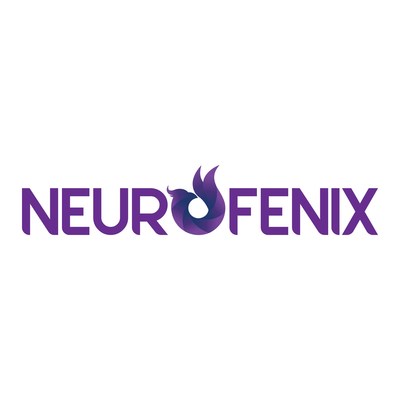Digital Rehabilitation Platform Neurofenix Completes $7 Million Series A to Transform Stroke and Brain Injury Recovery
Neurofenix, the neurological rehabilitation platform that uses sensors to improve patient outcomes, has raised $7 million in Series A funding. This funding was led by AlbionVC, with additional participation by HTH, InHealth Ventures, and existing investors. This will enable Neurofenix to build out its product line and invest in US expansion, including funding US clinical trials.
In the US, where around 795,000 people suffer strokes annually, rehab costs can exceed $17,000 per patient. Neurofenix is the only player in the space providing clinically-validated neuro-rehab combined with patient-centric proprietary technology to enable better patient outcomes.
Neurofenix’s rehab program focuses on arm and hand therapy through its NeuroBall™ platform. Designed with input from over 300 therapists and patients, the tool is personalized to each patient based on their needs and enables them to perform increasingly challenging, repetitive movements to build up strength. The advanced sensors detect the smallest of movements so it can be used by impaired patients, while the wi-fi connected app has activities and digital games to motivate patients to use it regularly. Real-time feedback and leaderboards encourage them to continue. In three separate trials carried out at Brunel University London between 2017 and 2021, patients achieved 20x more movement repetitions at home compared to other methods and the portable platform can be taken anywhere.
The proprietary portal enables remote patient monitoring, proving popular in the US with occupational therapists who increased trust in digital care delivery during Covid-19.
Guillem Singla Buxarrais, CEO and Co-Founder, Neurofenix, said: “Over the last six years, we have been developing our patient-centric sensor-based technology and platform to transform neuro-rehab. This has proven transformative as previously patients would not have access to in-person physical or occupational therapy due to insurance, financial, transportation and health barriers.”
Follow us on social media: Twitter Facebook instagram linkedin

